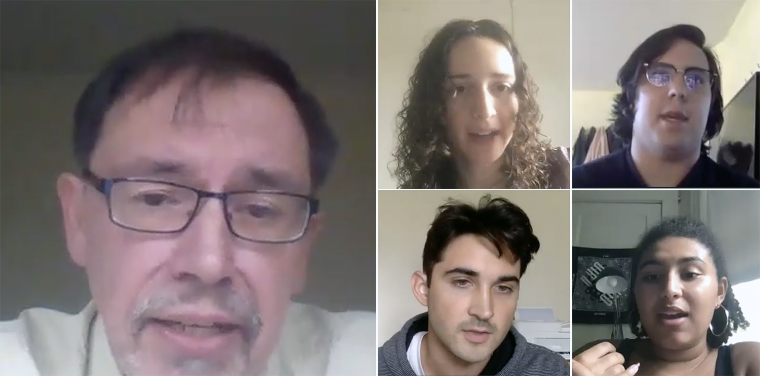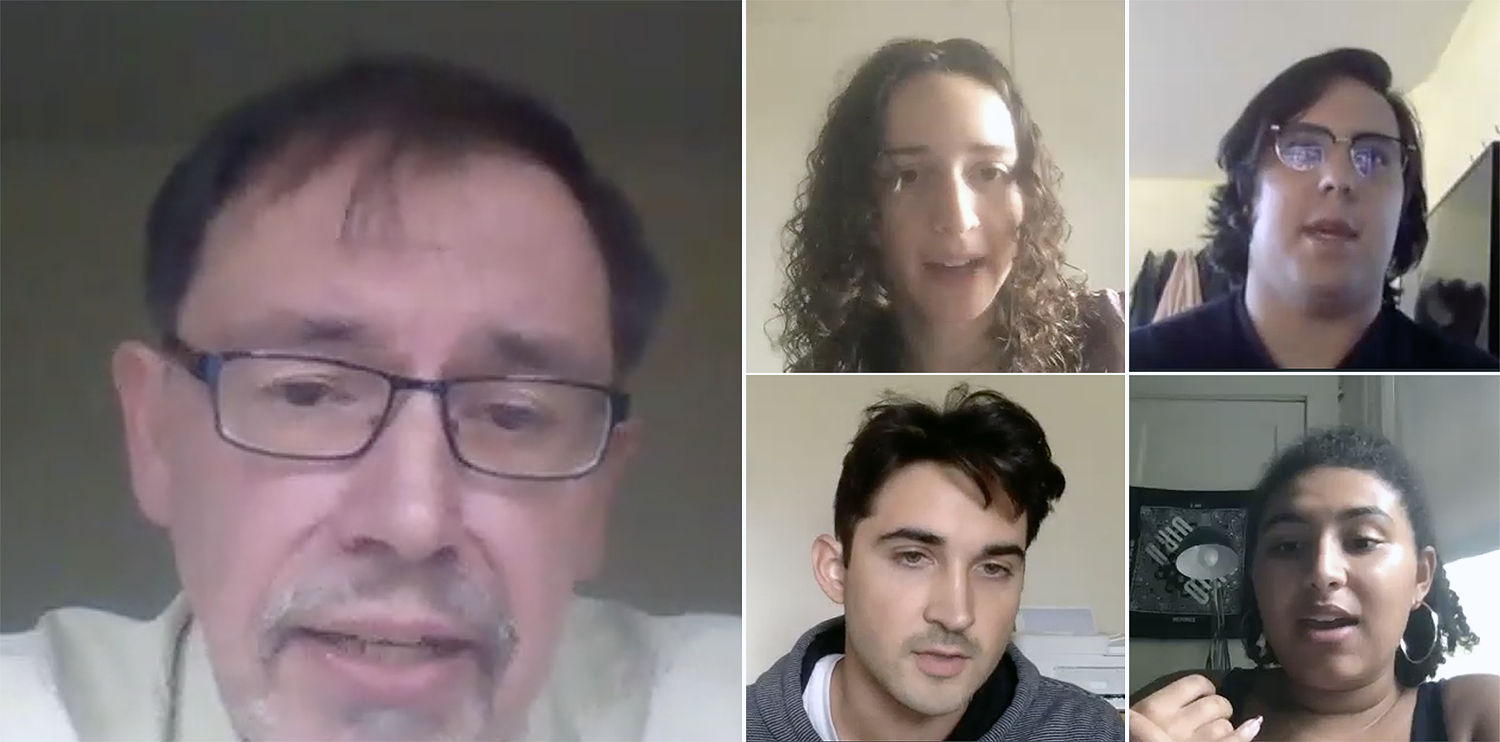Peter Rutland on Teaching during the Pandemic

When the COVID-19 outbreak disrupted in-person classes last spring, several faculty found innovative and creative ways to adapt to online teaching and learning.
In the second of a fall-semester series, we’ll be highlighting ways faculty from various departments are coping with teaching during a pandemic, and showcase individual ways courses are thriving in an online or hybridized environment.
In this issue, we spotlight Peter Rutland from the Government Department.

Peter Rutland, the Colin and Nancy Campbell Professor in Global Issues and Democratic Thought, professor of government, is teaching GOVT 157: Democracy & Dictatorship and GOVT 278: Nationalism this fall. He’s holding both classes entirely online this semester.
“I had grown complacent over 30 years of teaching and the virus forced me to innovate,” Rutland said.
In a normal semester, Rutland would teach in a lecture/discussion format. “I don’t use PowerPoint. I ask questions and steer the discussion towards the points I want to make.” To teach online, Rutland ‘flipped’ the class, making PowerPoint presentations, and recorded his lectures in advance so that students can watch them before the class meeting.
“That frees up all the class time for discussion,” he said, which typically includes 20 minutes in break-out rooms during each 80-minute class.
He also uses a Moodle forum before each class so that students can post individual questions. “That helps me to structure the class discussion,” Rutland said. “I also pose anonymous questions in Moodle during the class, enabling me to instantly summarize the results.”
Rutland developed the new teaching techniques over the summer, when he taught a section of Democracy and Dictatorship to a group of 15 pre-frosh. He’s repeating the same class this semester.
“My experience was surprisingly positive. Overall, I would even say that the class went better than when I teach it in person,” he said. “When I did that in a live class, it involved handing out pieces of paper and then gathering them back up. Likewise, holding breakout rooms in a live class was very cumbersome and in some classrooms impossible.
“In sum, students have a lot more opportunities for feedback in online teaching. I feel I have a much better grasp on how they are understanding the material. So when I return to in-person teaching I will keep the flipped classroom model,” Rutland said.

